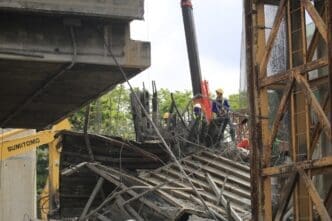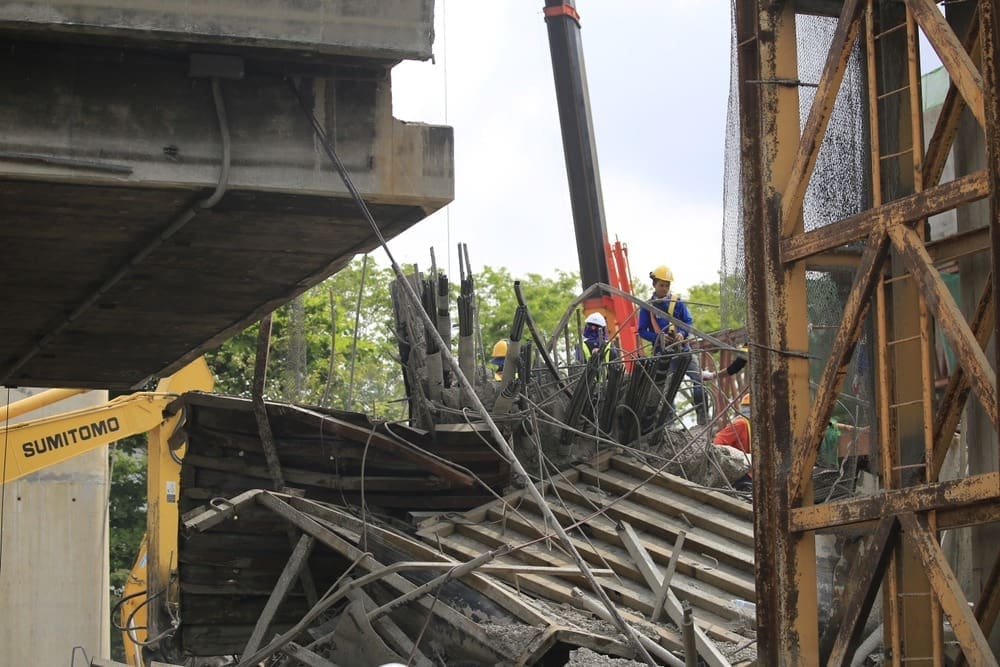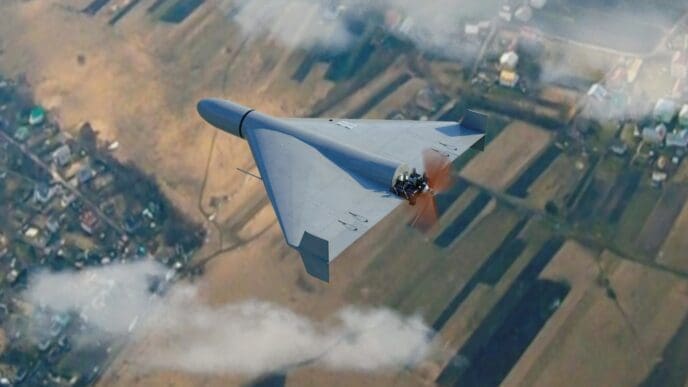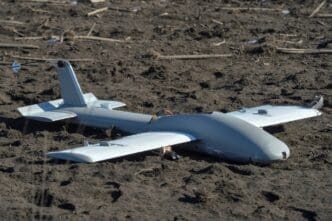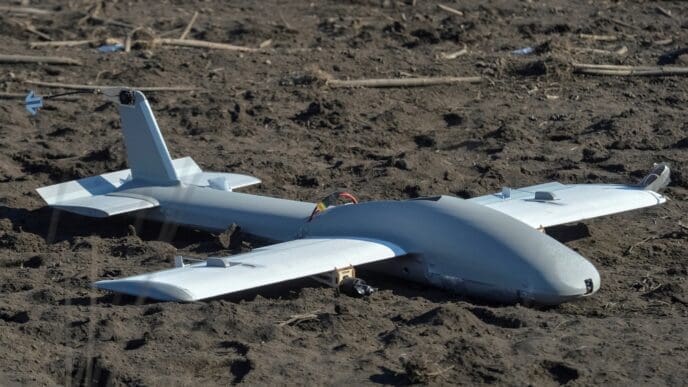A powerful 7.7 magnitude earthquake shook much of Southeast Asia on Friday, leaving a trail of devastation from Myanmar to Thailand. The quake’s epicenter was located in Mandalay, Myanmar’s second-largest city, but its effects were felt as far as Bangkok, nearly 600 miles away.
In the aftermath, both Myanmar and Thailand are grappling with significant destruction, including collapsed skyscrapers and mounting casualties. As rescue operations continue, officials report a rising death toll and an urgent need for international assistance.
The earthquake has claimed over 2,000 lives in Myanmar, with the Myanmar Military Junta confirming 2,056 fatalities, more than 3,900 injuries, and 270 people missing. In Bangkok, a building collapse in the Chatuchak district resulted in at least 13 deaths, as confirmed by the Bangkok Metro Authority.
Myanmar Faces Unprecedented Crisis
The International Federation of Red Cross and Red Crescent Societies (IFRC) has described the situation in Myanmar as the worst devastation seen in Asia in a century. The acting head of IFRC emphasized the earthquake’s long-term impact, stating, “This level of devastation will not only affect us today or tomorrow but will continue for weeks.”
The IFRC has initiated an emergency appeal, urging “global solidarity” to aid Myanmar’s rescue operations. The organization has reported extensive damage to crucial infrastructure, with airports in Mandalay and Naypyidaw closed due to safety concerns, and telecommunications outages hindering coordination efforts.
Alexander Matheou, the IFRC’s regional director for Asia Pacific, highlighted the compounded challenges faced by Myanmar, stating, “This is not just a disaster; it is a complex humanitarian crisis layered over existing vulnerabilities.” He further stressed that Myanmar is already contending with internal displacement and food insecurity, and the earthquake has exacerbated these issues. Matheou calls for a “bold and sustained response” from the global community to support recovery efforts.
The Ripple Effect
- Community Impact: The earthquake has disrupted daily life, leaving communities in Myanmar and Thailand struggling with loss, displacement, and the destruction of infrastructure.
- Public Services Strain: With key airports closed and communication networks disrupted, essential services are severely hampered, complicating rescue and relief operations.
- Economic Implications: The destruction of infrastructure, including skyscrapers and businesses, poses significant economic challenges, requiring substantial investment for rebuilding.
- Humanitarian Efforts: The disaster underscores the need for coordinated international assistance to address immediate humanitarian needs and long-term recovery.
- Global Solidarity: The call for global support highlights the interconnectedness of nations in times of crisis, emphasizing the importance of collaborative relief efforts.
- Environmental Concerns: The earthquake’s aftermath may lead to secondary environmental issues, such as landslides or pollution due to damaged infrastructure.

